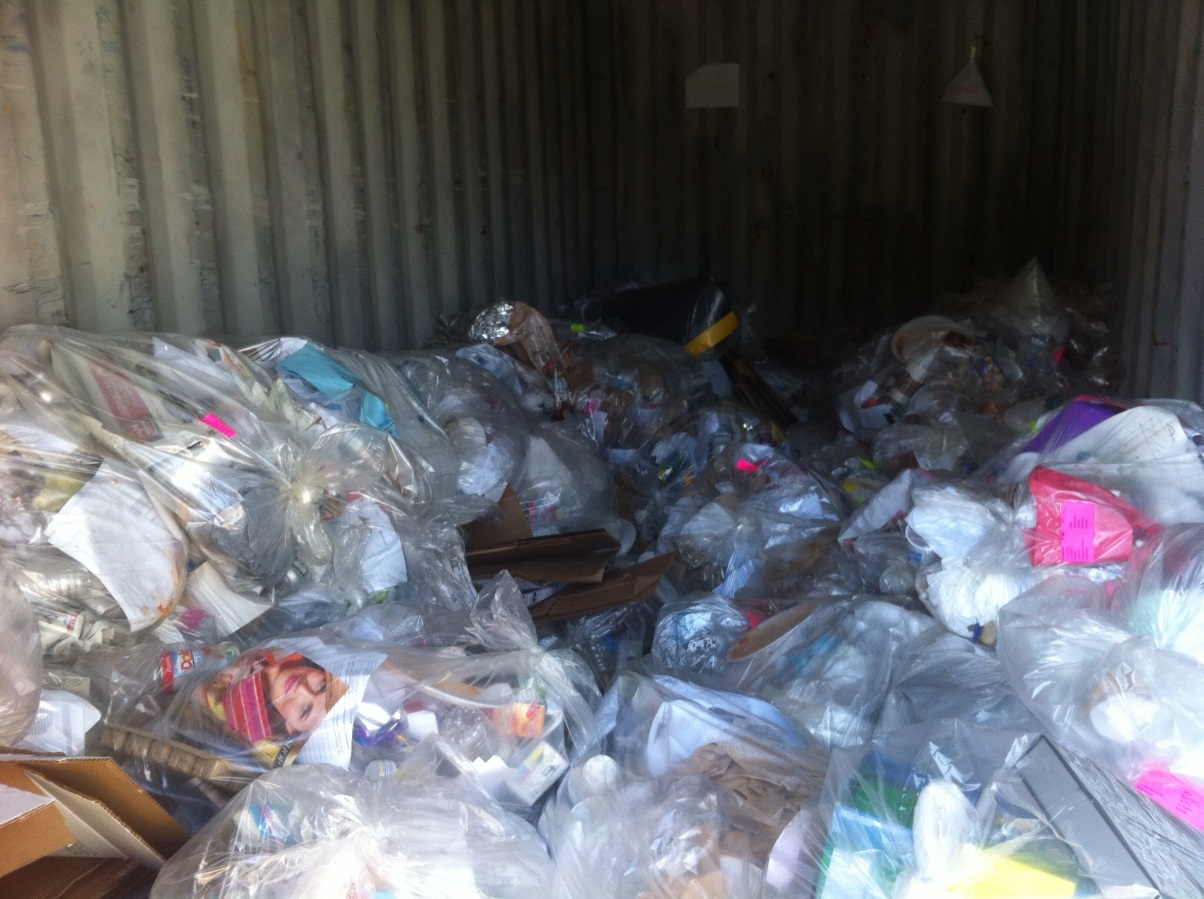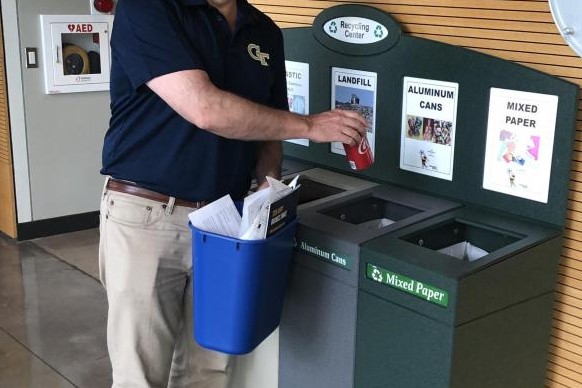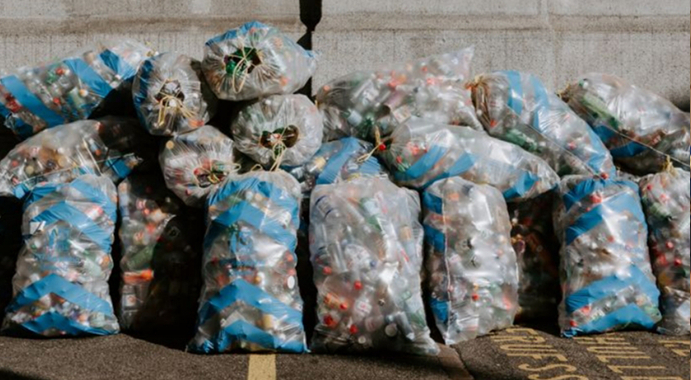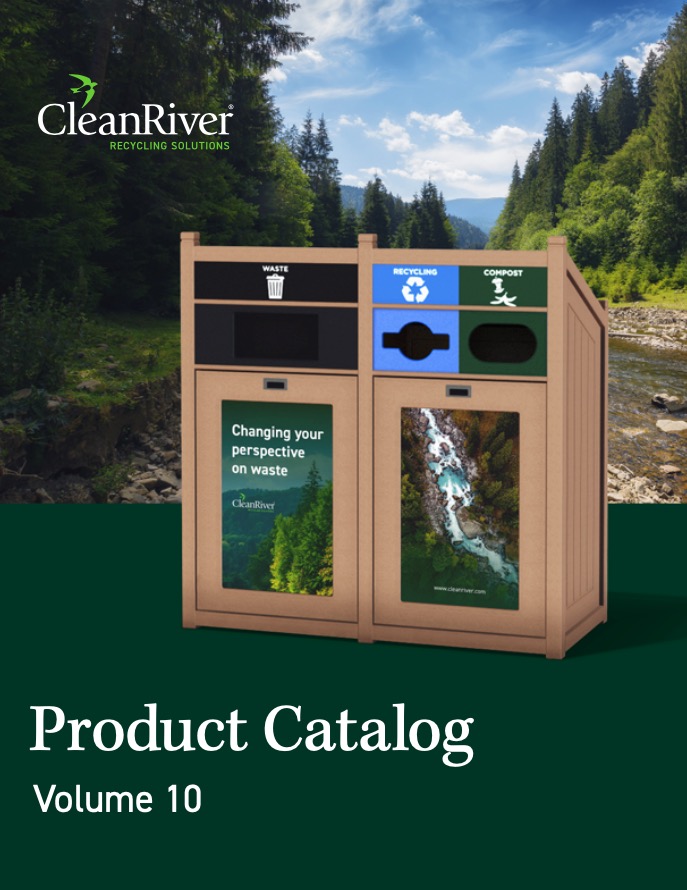Share
If you work for a large corporation, making major changes to business operations is never easy. Even if you’re higher up the corporate ladder it can still be hard to get things done. The good news is that positive changes related to a company’s impact on the environment are something everyone can collectively agree upon.
The public has become increasingly invested in monitoring the level of emissions and waste large businesses produce as climate crisis awareness gains more and more mainstream popularity. This has led some corporations to look into easy ways they can promote their environmentally conscious decision-making. Recycling services for businesses are where most companies start their search.
CleanRiver has been providing recycling solutions to small and large clients for over 30 years. If you or your organization has been searching for ways to reduce the amount of waste for environmental, public relations, or any other reason… you’re in the right place!
Recycling Services For Big Businesses
If you haven’t already checked it out… scroll through our Ultimate Guide To Recycling Programs before you read on further. There are many different ways a large company can start implementing changes to the way they handle and dispose of waste. However, implementing or adjusting a recycling program takes a bit of preparation and research.
Below is a list of the top 6 recycling solutions a large business can implement to reduce the amount of waste that gets sent to the landfill or incinerator:

1. Conduct A Waste Audit
In a larger organization, this may require the extra step of hiring recycling services to audit for you. This involves an analysis of the waste produced over the span of 3-5 days at the company. This is done by using clear garbage bags in your facility with the location of each commercial trash can written on the bag it was collected from. If you already have commercial recycling bins, the same thing can be done to determine the effectiveness of the recycling graphics.
After sorting all the clear garbage bags once they are filled, you’ll need to weigh each bag and record on a spreadsheet where it was collected from. Here’s everything you’ll need to record on your spreadsheet besides weight:
- Percentage of recyclable waste (how much is paper, cans and bottles, etc.)
- Percentage of non-recyclable waste (see what to recycle and what not to recycle)
- Percentage of compost/organic waste (if applicable)
Once you get all of the information down, you’ve got enough baseline data to calculate your current waste diversion rate.
2. Determine What Recycling Services Are Needed
Large businesses most likely already have waste haulers and cleaning services in charge of emptying commercial recycling bins. This doesn’t necessarily mean your commercial recycling program is optimized. Your company may argue that the current recycling program is working fine, but it’s hard to guarantee without a proper waste audit. For example, most big companies lack organic waste collection services. Remember that the main goal of a recycling program is to reduce the amount of waste that ends up in a landfill!
3. Purchase Or Upgrade Your Commercial Recycling Bins
Based on the takeaways from the waste audit, your organization may notice that a specific recyclable item such as cardboard consistently shows up in the garbage. Or the commercial trash can in the lunchroom is full of organic waste. This creates an argument for centralized recycling. A centralized recycling bin takes the guesswork out of waste disposal. All of the trash, recycling, organics, and other receptacles such as battery disposal are all in 1 place. CleanRiver prides itself on designing custom commercial recycling bins to fit the needs of every business, large or small. If you think we can help you find a bin that’s right for your business, check out our commercial recycling bin product page.

4. Optimize Your Recycling Graphics
As previously mentioned in the waste audit step, clear graphics and signage is critical to the success of your recycling program. Recyclable waste can become contaminated if people don’t understand which container is the correct place to throw out their garbage. We have a big book of recycling graphics for you to browse if you need ideas. We recommend using around 3 to 5 images per stream.
5. Communicate Recycling Program Benefits
What’s the point of having a recycling program if the employees don’t do their part? Large businesses have an obligation to effectively communicate the benefits of commercial recycling bins, recycling programs, and positive environmental impact. This can be done via mass email, posters or flyers passed around to staff, and team meetings. New hires and forgetful employees may need reminders every so often, monitoring waste diversion performance is important for this reason.

6. Maximize Recycling Program Success
In addition to regular performance audits, large companies can share positive results from a successful recycling program implementation with employees and the public. Some large corporations such as Intel boast about recycling more than 75% of the total waste generated by their operations. If your organization is committed to waste reduction efforts, you’ll be able to do the same or better! Spread the word. Getting commercial recycling performance trending amongst other big business institutions is a great competition to have.
Looking for more recycling program tips? Check out these other blogs:
- 5 Steps To Start A Small Business Recycling Program
- The 6 Things Your Recycling Program Is Probably Missing
- 5 Pro Tips For Buying Recycling Bins
- How Recycling Creates New Jobs
CleanRiver Recycling provides a variety of innovative, flexible, and customizable recycling solutions. To determine the right solution to meet your needs, use the CleanRiver product selector.
If you have additional questions that weren’t answered in this blog post please call us at 1-866-479-4038 or email solutions@cleanriver.com.


